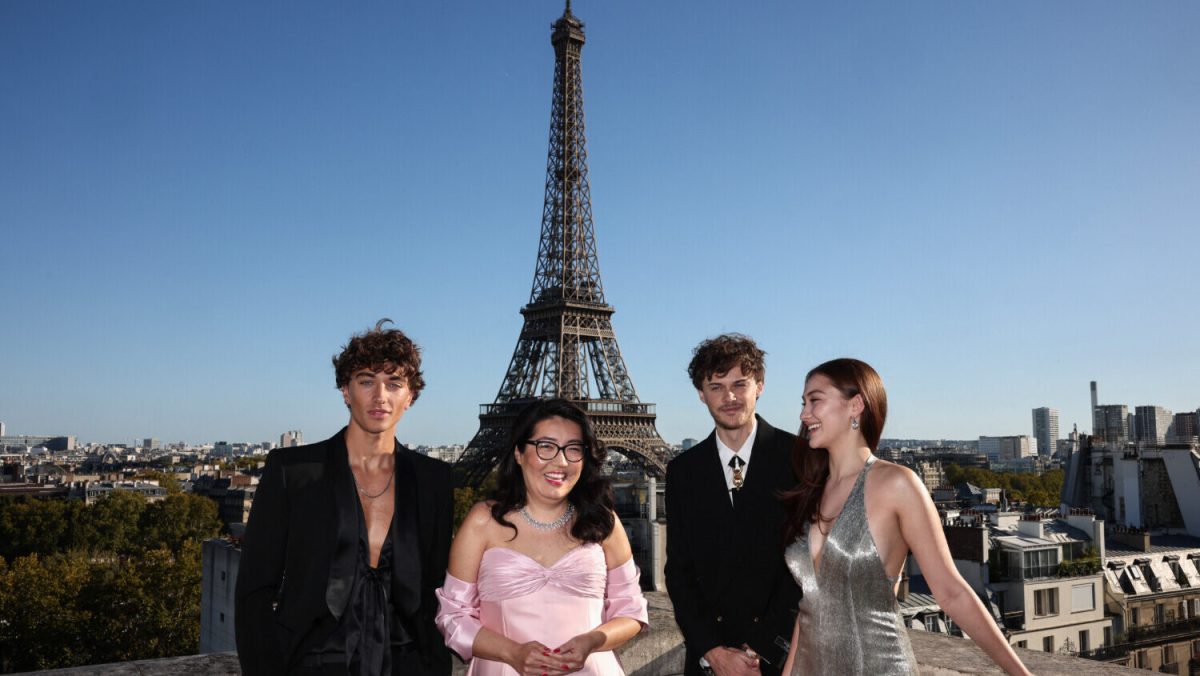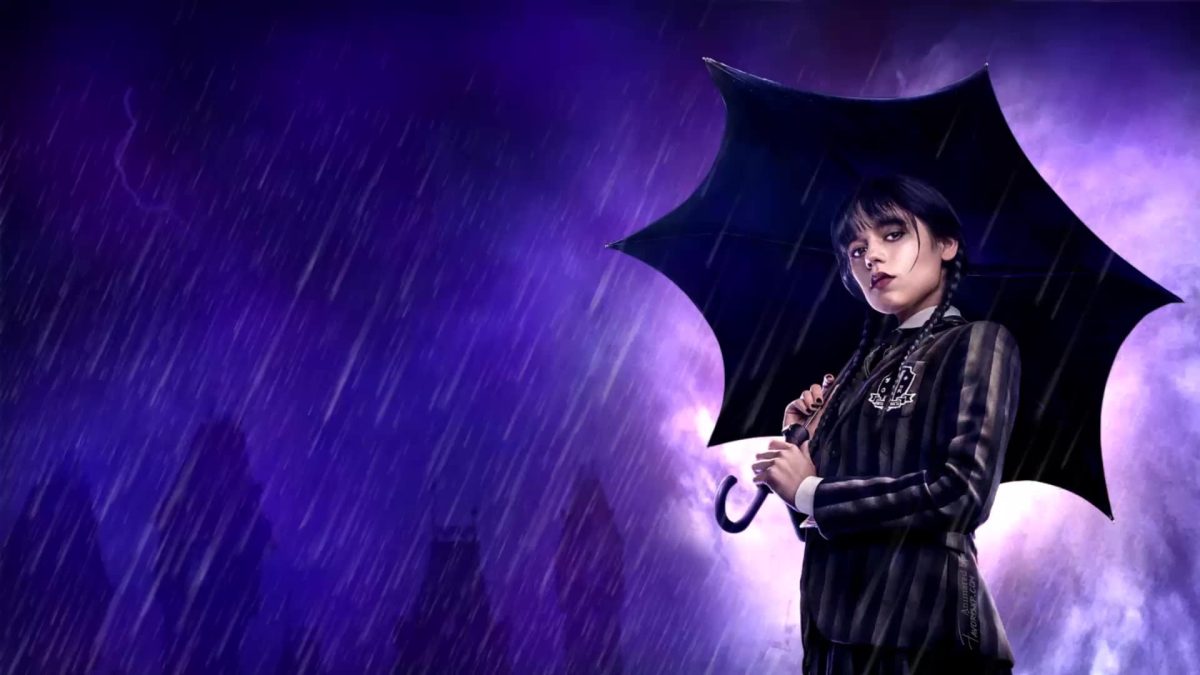Conspiracy Column: 15 is the New 25, is this Hormonal or Habitual?

This generation of kids seems to be growing up faster than ever before. What could be causing this?
March 23, 2023
Older generations have forever said that “kids these days” look more mature than they did at the same age. However, it seems that today’s generation of young people has taken that to the next level. Kids are gaining more access to the world than ever before with social media and smartphones. Is social media the cause of the phenomenon of tweens looking like teens and teens looking like adults? Or is something in the water? Chemicals could be to blame, with a more significant percentage of our food having processed and modified ingredients.
One of the significant pillars in our society is beauty and people spend their whole lives trying to meet this beauty standard or rebel against it. The big screen, and now the little screens, seem to decide what is “beautiful” and therefore what is not. Modeling is a profession based entirely on superficial ideals, and the people who are chosen are considered to be the few that are beautiful enough to make a living by simply being looked at. On the show Sex and the City Season 1, Episode 2, Charlotte York dropped the line, “I just know that no matter how good I feel about myself if I see Christy Turlington I just want to give up.” Models are not average-looking people and are regarded highly because of this. Senior McKinley Reed believes this can negatively impact a young person’s standard of self-image, stating, “They’re putting forth these beauty standards that are almost literally impossible for the normal person to achieve unless they’re extremely unhealthy, and even then it can still be impossible to achieve.” This form of insecurity rooted in comparison has existed for decades but now, instead of only seeing inhumanly gorgeous individuals on TV or in magazines, children can see them all day every day on social media. “Instagram model” was a term coined several years ago, referring to people who aren’t actual models but are famous for their attractiveness on social media. This is dangerous for kids because these people are seemingly more real than actual models but still hold seemingly unattainable beauty standards in their hands.
Senior Caroline Jimenez says, “I think that social media and the need to look like these older people is more prominent in our generation because of technological advancements. There’s more social media, and younger kids getting on social media wanting to look like all of these other people known as ‘cool’ or ‘pretty.’” Kids twenty years ago had movie stars and people who appeared in Seventeen magazine as their style muses, this generation has anyone with Facetune and Instagram to compare themselves to.
One of the other significant theories as to why kids are maturing faster looks at diet and the new-age processing methods that have been linked to precocious puberty. The National Library of Medicine conducted a study in Shanghai in recent years to test for a correlation between the foods that the participants consumed and the rate at which they experienced puberty. Participants were split into three dietary groups: traditional, protein-rich, and unhealthy diets. The unhealthy diet consisted of more processed, chemically altered, and unnatural foods. The results of the study found that “the “unhealthy diet” pattern was significantly positively associated with precocious puberty in both boys and girls.” The children who were on this unhealthy diet experienced symptoms of puberty and maturation faster than any other participants. In a fast-food world, is food causing us to grow up faster?
What does the government have to do with all of this? As Americans, we pride ourselves on being the biggest and best. Is our society trying to ensure that? Junior Elise Edmondson brought up a theory she read in the novel, The Hidden Child. She states, “Ever since the Cold War, America has been trying to stay on top. This causes us to put that pressure on our children, putting them in academically gifted classes by the time they’re five, they’re expected to take college-level classes by their freshman year of high school, and things like that. We are pushing a society where everybody is expected to advance at a very rapid pace, in order to keep up with other countries and keep ourselves as number one.” This explanation could be why there’s so much push for kids to get involved in the workforce or figure out what they want to do with their lives so early on.
With all the theories and explanations floating around about why kids are looking more like adults, we might never truly know why the aging process seems to be moving at light speed for some, and not at all for others. Looking at you, Jennifer Lopez, Paul Rudd, Morgan Freeman, and Julia Roberts.











